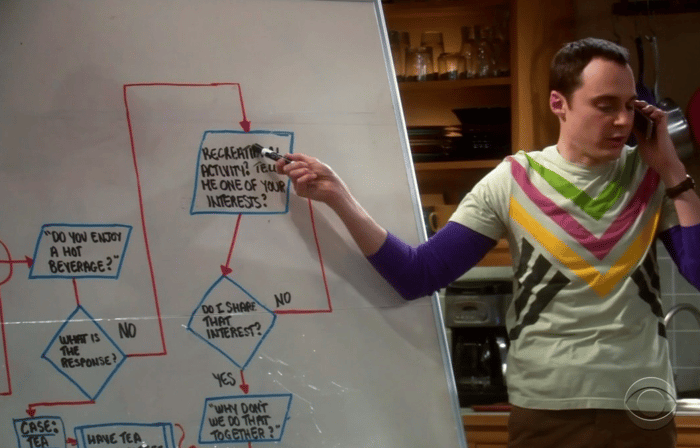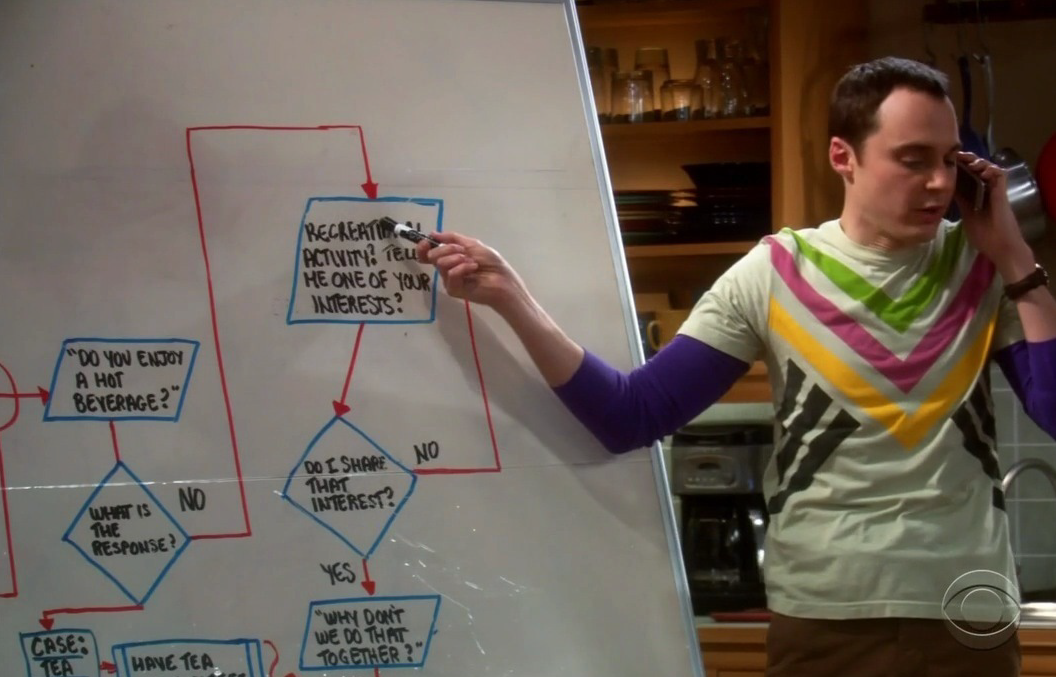Customer Experience Is Like a Math Problem
I came across an interesting take on customer experience (CX) improvement in an article by David Gee in CIO called “The Customer Experience Algorithm.” After reiterating that CX is the “holy grail” for most enterprises, the acknowledged key to customer loyalty and increased revenues over time, Gee explores the idea of approaching CX as a math problem to be solved – something that can be broken down into its core elements, wrangled into a formula, and repeated reliably for long-term results.
He notes that CX is a “touchy-feely” topic that seems to defy attempts to impose logic upon it, but then he insists that it’s a valid way of approaching the issue after all. Using the example of Singapore Airlines, whose CX stands far above other airlines (according to the author), Gee breaks their hard-to-pinpoint success factors down to a “numerator” and a “denominator” like so:
Service Mindset + Digital + Mobility + Analytics + Design Thinking + STP
Customer Experience
Okay, so it’s still pretty amorphous and not very math-like (how do you assign numbers to those elements?), but the analogy works in terms of asking CIOs to approach CX as they tend to do other problems in their realm: by seeking and applying logic, patterns, simplicity and repeatability.
Gee emphasizes that, once the required elements of the “numerator” are established for a particular industry or company’s CX success, there’s still the matter of finding the right balance among those elements. He implies this is accomplished through trial and error (i.e., “continuous improvement”), backed by documentation and analysis, followed by iterative changes to find the CX “formula” that works for your organization. When you work it out, the algorithm becomes quantifiable and repeatable, resulting in long-term CX improvement.
How CCM Factors into the CX Algorithm
From the point of view of a customer communications management (CCM) software vendor, this way of thinking about CX is interesting to us because we are a part of the “numerator” enterprises need to consider when building out their CX algorithms. In supporting our current software solutions and developing new solutions, we’re always cognizant of our role within organizations’ larger CX architectures and how we can make it easiest for our clients to integrate our solutions with their other digital experience delivery solutions.
Note, though, that Gee’s numerator is not made up of a series of solutions added together, like Marketing Automation Software + Content Management Software + Social Media Monitoring Software + Customer Relationship Management Platform + CCM Solution. Gee focuses instead on adding and apportioning broad strategies or approaches to CX improvement, implying that the tools you choose to accomplish these things need to play into your larger strategic solution set. So each piece of your CX management platform needs to address one or more of these elements and not just fulfill its procedural role in CX delivery.

Non-Linear Nature of Customer Experience
Algorithms are designed to be serial, parallel or distributed. Serial algorithms process one step of the problem at a time. Parallel and distributed algorithms break problems into chunks that are processed simultaneously and, in some cases, asynchronously; both require communication among the parts. Which type of algorithm you design depends upon the system within which the algorithm must operate.
I would submit that, given the distributed nature of the organizational structure of most companies, most customer experience algorithms should be designed to be distributed and solved asynchronously. Each department must solve its part of the customer experience problem, with the “sum of the parts” yielding the enterprise’s overall customer experience. There must be constant communication among and between the departments.
An Elegant Solution
Algorithms are often “graded” based on efficiency (speed) and elegance (compactness). I would argue that elegance should come before efficiency. Focus first on creating an elegant solution to your customer experience problem, and a certain amount of efficiency will naturally follow. Then, apply Gee’s recommendation to iterate, as successive iterations on an elegant solution should incrementally yield more efficiency.
When it comes to customer experience, we know that there are three categories of variables: people, processes and technology. Each must be addressed in the algorithm. Since I’m not a human resources or business process management specialist, I won’t venture to make specific recommendations in those areas.
As to technology, I reiterate my suggestion to focus first on the elegance or compactness of the solution. An elegant technological solution would have as few components as possible. For a distributed customer experience technology solution (i.e., digital experience platform) to be elegant, content and data should be centralized. Many companies have created a service layer for data and a “center of excellence” for content as a way to limit or eliminate redundancy and promote elegance and efficiency.
The Correct Solution
Obviously, it’s not enough for your CX algorithm to be elegant and efficient. It must also yield the correct output – a great customer experience! You can use metrics such as Net Promoter Score (NPS) or Forrester’s Customer Experience Index (CXi) to “proof” the correctness of your solution.
Having a NPS or CXi score only proves that your CX algorithm is partially correct. It proves that you have a customer experience. For a totally correct solution, you need to benchmark your score against the primary competitors in your industry.
If you would like to develop an elegant, efficient and correct customer experience, you may want to consider joining the Customer Experience Architects group on LinkedIn, where thought leaders and industry practitioners meet to discuss that very thing.







